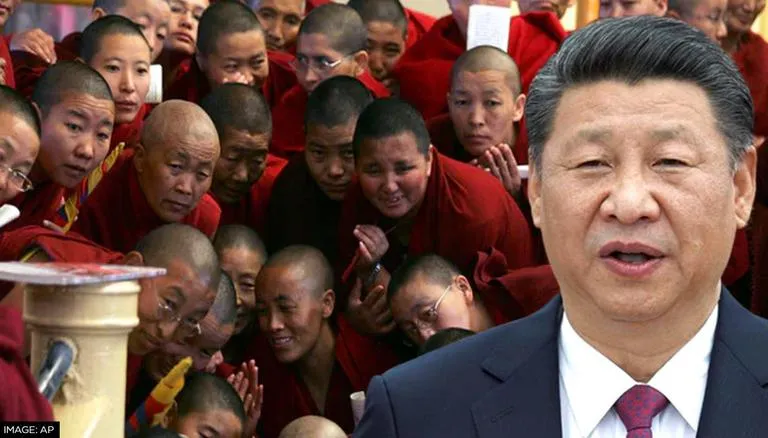The Chinese government has declared its intentions to relocate over 100,000 Tibetans from their homes by 2030, in an attempt to end their traditional way of life and strengthen its control over border regions, including those with India. According to the Tibet Press, this is a part of China’s policy to actively build new villages in disputed border regions in order to enhance its grip over these areas, which India, Bhutan, and Nepal claim to be part of their national territory.
According to reports, the Chinese government has a plan to build at least 624 villages along the border in disputed Himalayan areas. This new move is reportedly part of the Chinese administration’s larger plan, which was unveiled in 2018 by the Communist Party Committee of the Tibet Autonomous Region (TAR). Under its so-called ‘very high-altitude ecological relocation plan, the measure was coined to resettle the Tibetans who lived in the very high altitude regions of Tibet. There is no scientific proof that relocation would have a positive influence on the environment, despite China’s claims that it was done to protect the ecosystem.
About 2 million Tibetan nomads likely to be relocated by China
Notably, Tibetans from these areas have been nomads for decades and have long lived “cordially with nature” in the mountains of the Tibetan Plateau. About 2 million Tibetan nomads are anticipated to be displaced as a result of the forced relocation and settlement, losing their means of subsistence and being pushed into poverty and marginalisation. According to China’s relocation plan, up to 130,000 residents in the TAR’s autonomous prefectures of Shigatse (Rikaze), Nagchu, and Ngari (Ali) are expected to be relocated by 2025.
China intends to develop a key economic zone along Yarlung Tsangpo River
According to the Tibet Press, China intends to develop a main economic zone with industrial corridors along the Yarlung Tsangpo River, where more than 100,000 of the 130,000 Tibetans could be relocated. Meanwhile, China also intended to promote innovation in important industries and exploit dual-use technologies for military purposes in addition to its relocation plan. Reportedly, Chinese officials view military-civil fusion as a means of enhancing their country’s defence by employing civilians and dual-use technologies.

